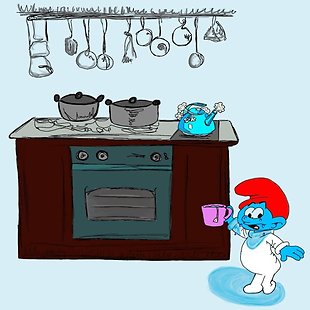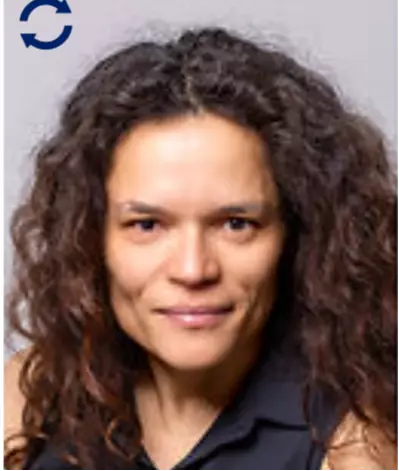Burn in pediatrics
Burns are serious painful injuries. The severity of burn injury depends on the extent, location and the degree of burns. Therapy and subsequent recovery is long. The most common cause of burns in children is heat damage to the skin. This interactive algorithm will comprehensively guide you through all the steps of the treatment of burn injuries in children, from the first aid and pre-hospital care to the anaesthesiology and surgical care of a burnt child.
Review
Burn injury is a complex skin trauma caused by heat, chemicals, electricity, or radiation. It is one of the most common injuries in children. The incidence of thermal injury in Europe is 0.2-3/ 10,000 population of which 40 % are children. The most common cause of thermal injury in childhood are scald burns (up to 80 %) and the most at-risk group are children under 5 years of age.
The assessment of the severity of the burn injury is based on the evaluation of 6 factors. They are: age; mechanism of injury; extent, depth and location of burns; possible associated comorbidities/ injuries. Appropriate revaluation of these indicators will ensure efficient patient care at a suitable workplace (ambulance, standard bed of the surgical department/burn center, ICU of the burn center, trauma center).
Both pre-hospital and urgent hospital care (48–72 hours after the accident) are essential for the successful treatment of children with severe burns. In addition to the primary treatment of burned areas, the aim of both phases is mainly the prevention/treatment of hypovolemic shock and achievement of adequate analgesia. The initial urgent therapy of a severe burn injury is completed by achieving patient hemodynamic stability.
The presented Paediatric Burns algorithm is a helpful educational material that can step by step navigate the participants through a clinical scenario of paediatric patients with severe burn injuries. The algorithm helps the participants to understand the sequence of care from pre-hospital stabilization through initial therapy in the ICU to the burned child final treatment, including the basic knowledge of burn injury and necessary calculations to establish normovolemia and efficient level of analgesia. The surgical approach provides an insight into multidisciplinary management of such a complex injury as paediatric burn trauma is. Based on my personal experience, I would appraise the algorithm as an excellent tool for all physicians – those working in paediatric intensive care and also those who do not routinely face paediatric traumas.
Sources
KÖNIGOVÁ, Radana a Josef BLÁHA, et al. Komplexní léčba popáleninového traumatu. 1st ed. Praha: Karolinum, 2010. ISBN 978-80-246-1670-4.
HEINIGE, Pavel, Vladimír MIXA a Václav VOBRUBA. Dětská přednemocniční a urgentní péče. Mladá fronta, 2017. ISBN 978-80-204-4643-5.
LIPOVÝ, Břetislav. Vybrané kapitoly z popáleninové medicíny. 1st ed. Brno: Portál Lékařské fakulty Masarykovy univerzity [online], 2019. ISSN 1801-6103
BRYCHTA, Pavel, Robert ZAJÍČEK, Yvona KALOUDOVÁ, et al. DOPORUČENÝ POSTUP: PŘEDNEMOCNIČNÍ PÉČE O TERMICKÝ ÚRAZ. 2017.
ŠTURMA, Jan a Eva MATĚJKOVÁ. Anestezie u popálených dětí. Dětská anestezie. 2019, s. 428-438. ISBN 978-80-204-5053-1.
HENRY, Sharon M., Sauda A. AL TURKI, Mark W. BOWYER, et al. Advanced Trauma Life Support. Advanced Trauma Life Support: Student Course Manual. Tenth Edition. United States of America, 2018, s. 474. ISBN 78-0-9968262-3-5.
Paediatric Burn Assessment. Victorian Adult Burns Service [online]. [cit. 2021-04-02]. Available at: www.vicburns.org.au/burn-assessment-overview/burn-tbsa/lund-browder/
BAXTER, Charles R. Parkland Formula for Burns: Calculates fluid requirements for burn patients in a 24-hour period. MDCalc [online]. MDCalc [cit. 2021-04-02]. Available at: www.mdcalc.com/parkland-formula-burns





